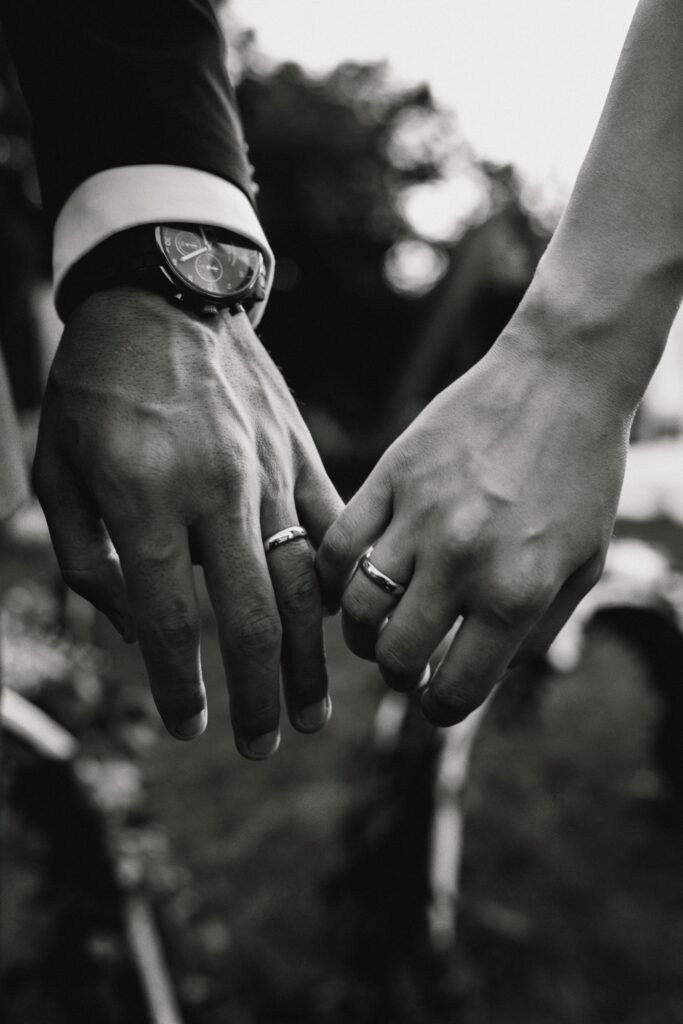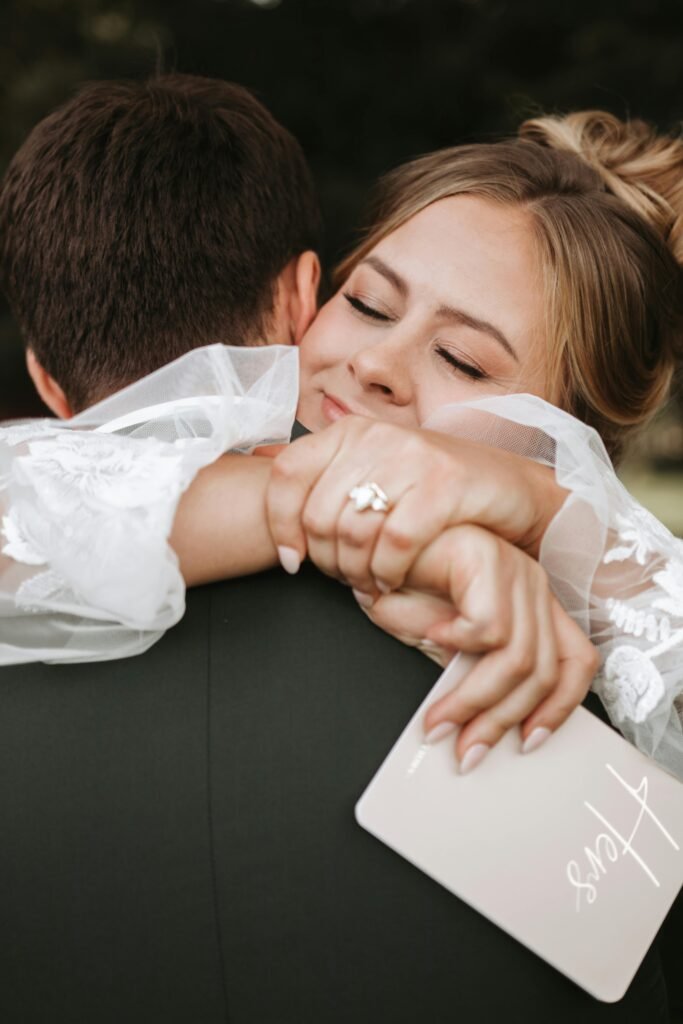Have you ever considered just how much goes into keeping your dog looking their best? If you’ve ever found yourself trying to cut mats out of your dog’s fur with a pair of kitchen scissors while your pooch gives you the side-eye, you’re definitely not alone. Grooming can seem a tad overwhelming at first, a mix of brushes and clippers that can appear as confusing as a flat-pack furniture manual. But fear not! You and I are about to chat through this potentially hairy (pun intended) topic, so let’s see what tools are out there that can really help in dog grooming.

This image is property of images.pexels.com.
Understanding Dog Grooming
Before we start listing what you’ll need, it’s essential to grasp why grooming is important beyond just having a pretty pup. While aesthetics play a part, grooming is also integral to a dog’s overall health. From reducing the risk of health issues to promoting good hygiene, grooming is akin to turning on mood-lighting for their well-being. It impacts not only their appearance but also how they feel.
The Basics of Dog Grooming
Grooming isn’t just skin-deep. It involves a combination of brushing, bathing, trimming, and even nail clipping. Brushing removes dead hair, dirt, and prevents tangling; bathing keeps your dog clean and smelling nice; and nail trimming avoids discomfort or injury. Essentially, dog grooming is like a comprehensive spa day, tailored to the whimpered needs of your furry pal.
Essential Grooming Tools You Should Have
The right tools make a massive difference in how efficiently and comfortably you can groom your dog. The list of must-haves will vary depending on your specific dog’s breed and coat type, but here are some essential categories.
Brushes and Combs
Good grooming starts with the right brush. Now, you might be surprised at just how many types of dog brushes there are. Picking the right one is like dating: the compatibility has to be spot on. Here are a few types you may need to consider:
-
Slicker Brush: Best for removing small mats. Picture a rectangular paddle with tiny, bendable metal pins—great for medium to long-haired breeds.
-
Bristle Brush: Ideal for short-haired dogs, this is what you’d imagine a classic men’s shaving brush looks like, but for a dog.
-
Rake Brush: These will help with removing dead undercoats, a bit like when you’re pulling leaves off a rake in autumn, but fuzzier.
-
Wire Pin Brush: For those dogs with longer, silkier coats, think of this as a gentle massage that detangles their fur as you go.
-
Comb: Useful for fluffier breeds to fine-comb through their fur, removing small knots and perfectionist tangles.
Here’s a simple table to help match the brushes to your dog’s coat type:
| Coat Type | Recommended Brush Types |
|---|---|
| Short Hair | Bristle Brush, Slicker Brush |
| Medium Hair | Slicker Brush, Wire Pin Brush |
| Long Hair | Wire Pin Brush, Slicker Brush, Rake |
| Curly Hair | Slicker Brush, Wire Pin Brush |
| Double Coat | Rake Brush, Slicker Brush |
Clippers and Trimmers
After brushing comes the art of clipping. The trick here is to avoid the buzz-cut look unless that’s what you’re aiming for. Clippers and trimmers are science and art combined—they need to be efficient and gentle.
Clippers
Opt for quality clippers designed specifically for dogs; they’re quieter and less scary than their human counterparts. Clippers are mostly known for body work—shearing everything down for an even, neat finish.
Trimmers
These are for the delicate areas: face, paws, and underside. Think of them as the small-works mowers that allow for precision without overwhelming the dog.
Scissors and Shears
Scissors are your best buddies for those finishing touches. You’ll need different sizes:
-
Straight Shears: For everything from a quick snip to the more sophisticated sculpting.
-
Thinning Shears: To thin out thick fur without losing length, avoiding the bowl-cut disaster.
-
Curved Shears: (Optional) For the more elaborate contoured look.
Nail Clippers
Nail care is key and often feared. It’s like cutting your nails, except they can’t tell you to stop if it hurts. You’ve got options like:
-
Guillotine Style: Easier to use but requires some pressure.
-
Scissors Style: More intuitive, particularly for larger nails.
-
Grinders: Easier on the nerves, though it takes longer.
Bathing Essentials
Baths are self-explanatory but let’s not forget the non-slip mat. Trust me, slippery dogs are like… eels with legs.
Shampoo and Conditioner
There are specifically formulated ones for dogs; human ones aren’t suited to their pH levels. Choose based on what your dog needs—oatmeal for sensitive skin, medicated for fleas, you name it.
Dryers
Sure, air-drying is possible, but if you have a woolly number shaking water onto your freshly dried couch, a dryer is a better option. These dryers work faster and quieter than human dryers, crucial for skittish canines.
Ear and Dental Tools
Where there’s fluff, there’re ears and teeth—to be cleaned:
-
Ear Cleaners: They keep ears healthy. Only clean what you can see!
-
Dog Toothbrush and Toothpaste: Only dog-specific since they can’t rinse and spit.
Specialized Tools for Specific Breeds
Some breeds need extra care and specific tools due to their unique coat types or body structures.
Tools for Double-Coated Breeds
Think Huskies or German Shepherds; double-coats need de-furring tools like the de-shedding tool to manage undercoat shedding.
Tools for Curly-Coated Breeds
Poodles and similar need frequent grooming with a curly-coated slicker brush, ensuring the curls dance freely and not in knots.
Tools for Short-Haired Breeds
A shedding blade is helpful here; odd as it sounds, this loop of metal helps control shedding.
DIY vs. Professional Grooming
Ah, the classic home-grooming-conundrum: should you do it yourself or hire a pro? Let’s weigh the balance.
Benefits of DIY Grooming
-
Cost: Long-term savings.
-
Bonding: Dogs love getting involved when you’re involved.
-
Convenience: You are the master of your schedule.
Benefits of Professional Grooming
-
Expertise: Professionals possess ninja-level skills and insight.
-
Deep Cleaning: Their tools and techniques often surpass at-home methods.
-
Special Needs: Dogs with special coats or behaviors might benefit more from a professional.

This image is property of images.pexels.com.
Tips for Successful At-Home Grooming
If the DIY route appeals to you, here are some pointers:
-
Patience: Rome wasn’t built in a day, and neither is a perfect grooming session.
-
Positive Reinforcement: Treats and praise will show your dog this is just another love-filled activity.
-
Start Small: Nail trims today, full haircuts tomorrow. Work your way up gradually.
-
Calm Environment: Voila—a relaxed pooch relaxes you.
-
Educate Yourself: There are tons of videos and resources.
Creating a Grooming Schedule
Consistency is key. Decide how often your dog needs each type of grooming, and set a routine:
- Brushing: Daily to weekly, depending on coat type.
- Bathing: Typically once every month, but may vary.
- Nail Clipping: Every 3-4 weeks, keep an ear out for clickety-clacks on hard floors.
- Ear and Dental Care: Weekly checks.

This image is property of images.pexels.com.
The Importance of The Right Grooming Environment
Your dog’s comfort is paramount. Soft flooring for long sessions, good lighting, and most importantly: a secure, quiet space.
Creating a Positive Experience
A happy dog is a cooperative dog. Latch onto positive experiences, reinforcing this even before you open the grooming toolbox. Encourage cooperation with treats and calm praise throughout.
Troubleshooting Common Grooming Problems
Every groomer encounters hiccups:
- Mats and Tangles: Work them gently from the ends inward with a detangling spray.
- Nicking the Skin: Calmly clean and apply antiseptic.
- Nail Quicking: Have styptic powder handy for bleeding nails.
Wrapping Up the Grooming Journey
Now that we’ve traversed the various nooks and crannies of dog grooming tools, hopefully, it feels less intimidating and perhaps even—dare I say—exciting. After all, our four-legged friends deserve a little pampering for their unwavering companionship.
Which tool will you start with on your home grooming adventure? From brushes to clippers, you’re now armed with the knowledge to make grooming as enjoyable for both you and your furry friend. The pride and joy of seeing your pooch strut their shiny new coat make it all worthwhile.





